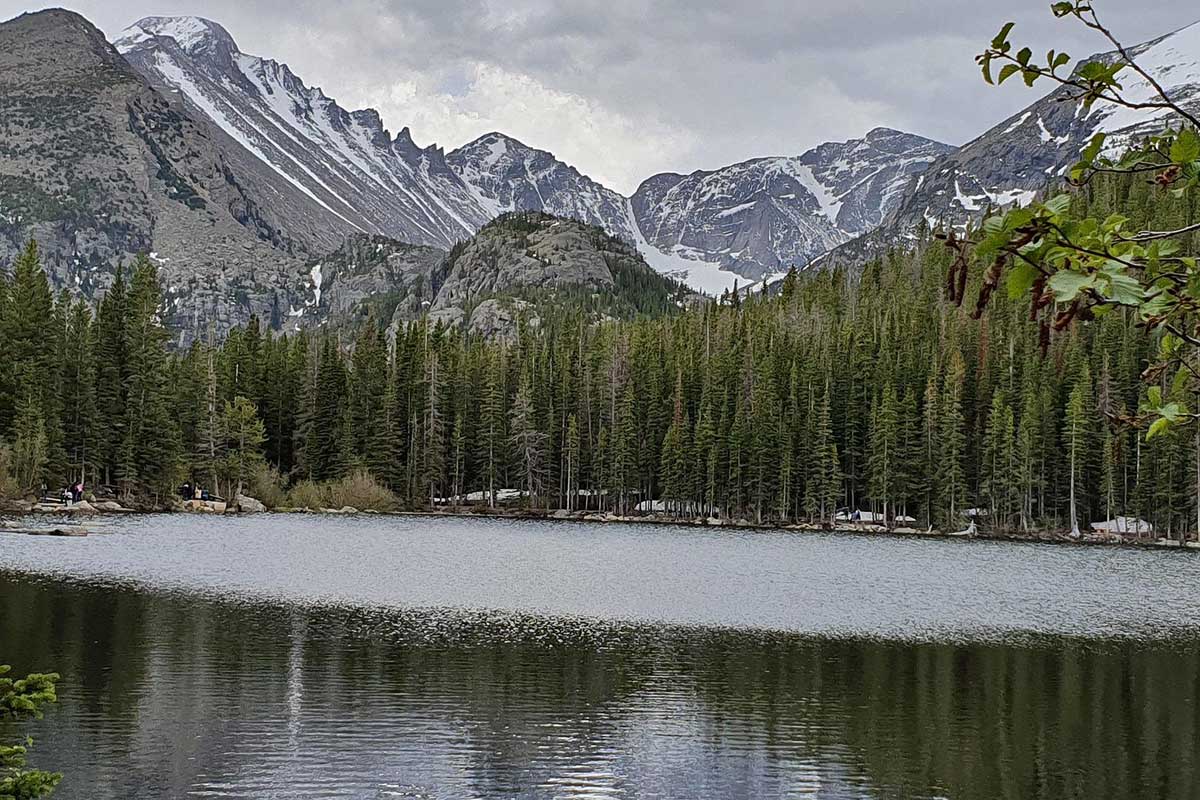Established in 1915, Rocky Mountain National Park boasts spectacular mountainous environments and is one of the most visited national parks in the U.S. It is a short trip from Denver, Colorado, and an ideal location for various outdoor enthusiasts, including bird-watchers and mountaineers. Check out these 15 facts about Rocky Mountain National Park to better understand its popularity.
15 facts about Rocky Mountain national park
Whether you’ve visited Rocky Mountain National Park or not, here are 15 interesting facts about the park, with some you might not have known!
1. Almost 250,000 acres of the park are designated as wilderness
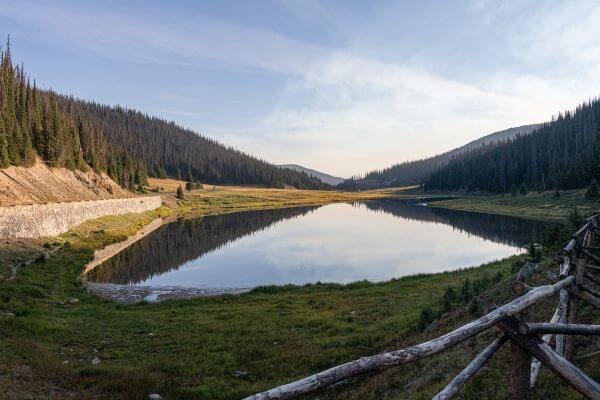
In 2009, Congress designated almost 250,000 acres of the park as wilderness to protect its natural beauty. This area includes the forest, meadows, tundra, and alpine peak habitats. Visitors exploring the wilderness area must practice the Leave No Trace principles.
2. Rocky Mountain National Park has 476 miles of creeks and streams
Besides the wilderness, the park is also known for its water features. It has 476 miles of creeks and streams, including the headwaters of the Colorado Rivers. Additionally, there are 156 lakes, with 48 having trout populations.
3. The park’s Trail Ridge Road is the highest continuous paved road in the U.S.
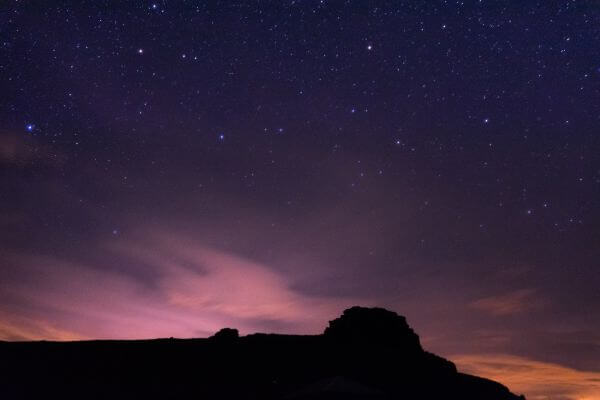
Paved in 1932, Trail Ridge Road reaches an elevation of 12,183 feet. It is so high, that you’ll climb 4,000 feet in minutes driving along with it. The road covers 48 miles from Grand Lake on the west to Estes Park on the east side of Rocky Mountain National Park. It’s a major attraction and coined the “scenic wonder road of the world.” However, due to harsh conditions, the road is closed during the winter months.
4. Rocky Mountain National Park’s highest point is 14,259 feet
Reaching 14,259 feet, Longs Peak is the highest point in the park and a goal for thousands of visitors annually to climb the summit. The trail is rated as difficult, with nearly 5,000 feet of climbing, and is only for well-prepared hikers. It’s best to try this hike from July to September when it’s not snow-covered.
5. Rocky Mountain still has cirque glaciers
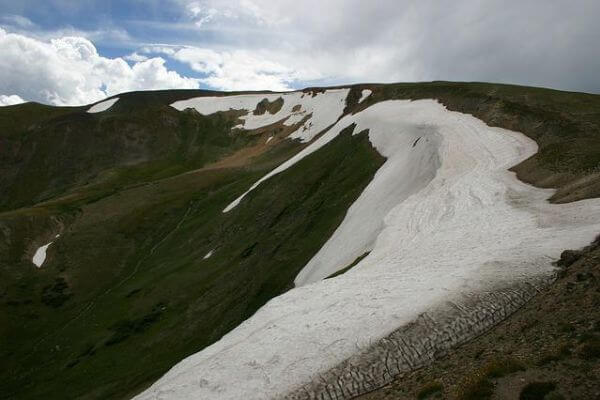
While millions of years ago, large glaciers helped shape the area, today you can only find small
in Rocky Mountain National Park. All the glaciers in the park are cirque glaciers, meaning they are small bowl-shaped basins at the top of a mountain valley. These are remnants of larger valley glaciers.
6. Rocky Mountain has an active community cemetery
Opening in 1892, the Grand Lake Cemetery existed before the establishment of Rocky Mountain National Park. This is why it’s one of the only active community cemeteries within a national park in the U.S. Although the cemetery is on federal land, it is maintained by the town of Grand Lake.
7. The park has around 355 miles of trails
Regardless of your age or experience, there is a trail suitable for anybody visiting Rocky Mountain National Park. Around 355 miles of trails are maintained for snowshoeing, hiking, biking, and horseback riding. A popular trail is the Emerald Lake trail which features a scenic route from the Tyndall Gorge to Emerald Lake. It’s 3.2 miles long and takes less than 2 hours to complete.
8. The Rocky Mountain museum collection preserves specimens and artifacts
The Rocky Mountain’s museum collection is quite extensive and helps tell the historical story of the park. You’ll find old photos, paintings of the scenery, and household items from historic homes. There are also over 450 geological specimens and 10,495 biological specimens. Some of these items are on display in the park at the visitor center.
9. The continental divide runs through the middle of the park
The continental divide marks the boundary that separates the North American river systems, where water runs west to the Pacific on one side and east to the Atlantic on the other. This invisible border is located on top of the Rocky Mountains. One of the park’s biggest attractions is driving the 30-mile Continental Divide Scenic Trail.
10. Rocky Mountain has at least 63 mammal species
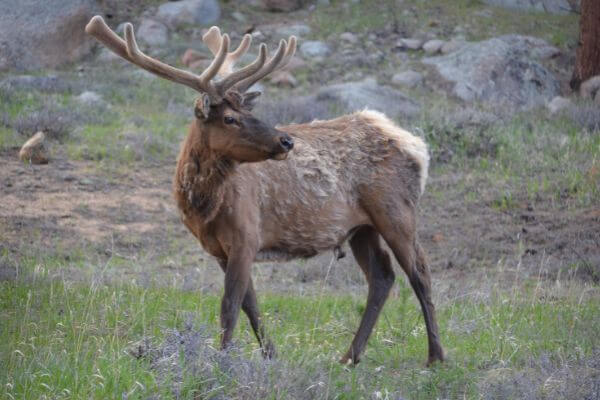
At least 63 different species of mountain animals call Rocky Mountain home. Some of the iconic animals include moose, elk, bears, bighorn sheep, mountain lions, bobcats, deer, pikas, and coyotes.
Around 3,000 elk live in the park during the summer. Interestingly enough, moose didn’t use to live in the area before 1978 until the Colorado Division of Wildlife brought in 24 moose from Utah and Wyoming, which led to their population growth in the area.
11. Bighorn sheep are the symbol of Rocky Mountain National Park
Although there is plenty of fascinating wildlife in the park, the bighorn sheep is crowned as the park symbol and Colorado Parks and Wildlife symbol. They are the largest wild sheep in North America, growing up to 350 pounds and 40 inches tall. The park is home to around 350 sheep and you’ll likely spot them between late May and June.
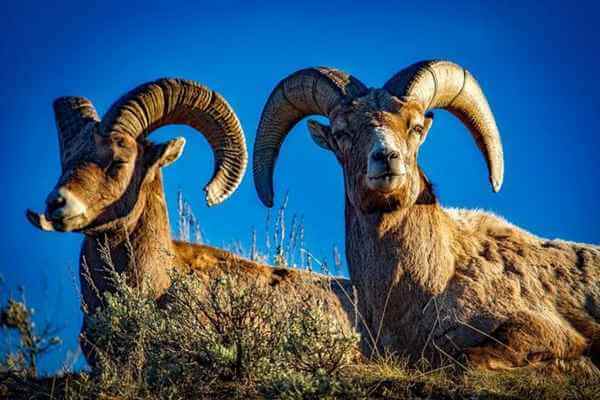
12. The park has around 280 species of birds
There are around 280 species of birds that have lived in the Rocky Mountain area since 1915. In fact, the park is considered a birder’s paradise. A trip here lets you spot bald eagles, great-horned owls, nighthawks, red-headed woodpeckers, white-tailed ptarmigans, and more!
13. Enos Mills is called the “Father of Rocky Mountain National Park”
As an adventurous teenager in the 1880s, Enos Mills moved to Colorado and built a cabin in the Longs Peak Valley. His love of the area made him a major advocate for the park’s creation and coined him the title of the “Father of Rocky Mountain National Park.” He wrote and spoke extensively to educate the public on the importance of nature preservation.
14. In 1939, the park admission was $3
Abner Sprague was the first person to pay the $3 admission to enter the national park in 1939. He was a longtime fan of the area, having owned and operated a ranch in 1874 on land that became park grounds.
Sprague Lake is also named after him. Today, admissions for a 1-day pass are $15 per person or $25 per automobile. You can also get an annual pass for $70.
15. Over 3 million people visit Rocky Mountain National Park each year
Since 2014, the park has had over 3 million recreational visitors each year. In 2020, it had 3.31 million visitors and ranked 4th among the most visited national parks in the U.S. The highest number of visitors so far has been 4.67 million people in 2019.
